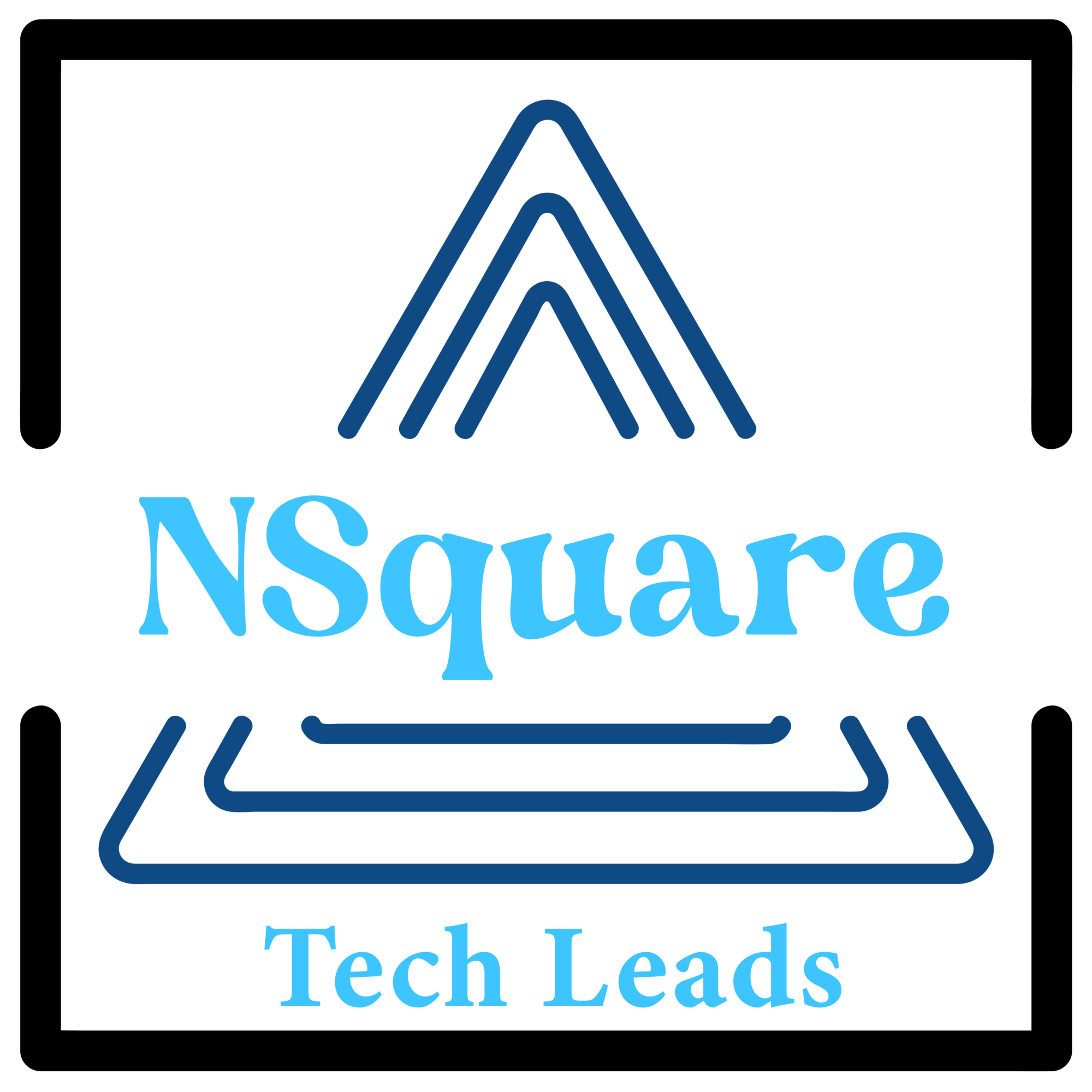Table of Contents:
- Introduction to Account Based Marketing (ABM)
- Understanding the B2B Landscape
- Key Components of a Successful ABM Strategy
- Identifying Target Accounts
- Crafting Personalized Messaging and Content
- Leveraging Data and Technology
- Aligning Sales and Marketing Efforts
- Measuring and Analyzing ABM Success
- Case Studies: Real-World Examples of Successful ABM Campaigns
- Future Trends in ABM
1. Introduction to Account Based Marketing (ABM)
Account Based Marketing (ABM) is a strategic approach that focuses on targeting specific high-value accounts with personalized marketing campaigns. Unlike traditional marketing strategies that cast a wide net, ABM is hyper-focused, aiming to engage and nurture key decision-makers within target accounts.
2. Understanding the B2B Landscape
In the B2B world, where the sales cycle is typically longer and involves multiple stakeholders, ABM is especially effective. By aligning marketing efforts with sales goals and targeting accounts with the highest potential for conversion, companies can streamline their efforts and maximize ROI.
3. Key Components of a Successful ABM Strategy
a. Account Segmentation: Divide target accounts into segments based on criteria such as industry, company size, and revenue potential.
b. Personalization: Tailor messaging and content to resonate with the specific needs and pain points of each target account.
c. Multi-Channel Approach: Utilize a combination of channels such as email, social media, and targeted advertising to reach key decision-makers.
4. Identifying Target Accounts
Utilize data-driven insights to identify accounts with the highest potential for revenue growth. Factors such as firmographics, technographics, and behavioral data can help prioritize accounts for targeting.
5. Crafting Personalized Messaging and Content
Develop compelling messaging and content that speaks directly to the challenges and goals of each target account. This may include personalized email campaigns, targeted ads, and customized landing pages.
6. Leveraging Data and Technology
Invest in marketing automation and data analytics tools to streamline ABM efforts and track the effectiveness of campaigns in real-time. By leveraging data and technology, companies can optimize their strategies for maximum impact.
7. Aligning Sales and Marketing Efforts
Effective communication and collaboration between sales and marketing teams are crucial for ABM success. By aligning goals, strategies, and messaging, companies can ensure a seamless experience for target accounts throughout the sales cycle.
8. Measuring and Analyzing ABM Success
Establish key performance indicators (KPIs) to measure the effectiveness of ABM campaigns, such as account engagement, conversion rates, and pipeline velocity. Regularly analyze data and adjust strategies as needed to optimize results.
9. Case Studies: Real-World Examples of Successful ABM Campaigns
Explore case studies of companies that have successfully implemented ABM strategies, showcasing their approach, challenges faced, and results achieved.
Case Studies: Real-World Examples of Successful ABM Campaigns
Company: Salesforce
Approach: Salesforce, a leading CRM platform, implemented an ABM strategy targeting enterprise-level accounts. They segmented their target accounts based on industry, company size, and revenue potential, focusing on decision-makers within each organization.
Challenges Faced: One of the challenges Salesforce faced was aligning sales and marketing efforts to ensure a cohesive approach to account engagement. Additionally, they needed to personalize their messaging and content at scale to resonate with diverse target audiences.
Results Achieved: By leveraging data-driven insights and personalization, Salesforce saw a 32% increase in engagement from target accounts. Their ABM campaigns resulted in a 20% higher conversion rate compared to traditional marketing efforts, leading to significant revenue growth.
Company: Adobe
Approach: Adobe, a global leader in digital marketing solutions, implemented an ABM strategy to target key accounts in the technology and media industries. They utilized a multi-channel approach, including personalized email campaigns, targeted advertising, and account-based content marketing.
Challenges Faced: Adobe faced the challenge of identifying the most valuable accounts within their target industries and customizing their messaging to address specific pain points and challenges faced by each organization.
Results Achieved: Through their ABM efforts, Adobe achieved a 25% increase in pipeline velocity and a 15% higher average deal size from target accounts. Their personalized approach resulted in a 40% increase in account engagement and a 30% decrease in sales cycle length.
Company: IBM
Approach: IBM, a global technology and consulting company, implemented an ABM strategy to target enterprise-level accounts in the healthcare and financial services industries. They leveraged advanced analytics and AI-powered personalization to deliver highly targeted messaging and content to key decision-makers.
Challenges Faced: IBM faced the challenge of integrating data from multiple sources to create a unified view of target accounts. Additionally, they needed to overcome resistance to change within their sales and marketing teams to embrace the ABM approach fully.
Results Achieved: IBM’s ABM campaigns resulted in a 30% increase in account engagement and a 20% higher conversion rate from target accounts. They also saw a 25% increase in upsell and cross-sell opportunities, leading to significant revenue growth within their target industries.
These case studies highlight the effectiveness of ABM strategies in driving engagement, conversion, and revenue growth for B2B companies across different industries. By personalizing their approach and leveraging data-driven insights, these companies were able to achieve remarkable results in their marketing efforts.
10. Future Trends in ABM
Discuss emerging trends and technologies in ABM, such as AI-powered personalization, predictive analytics, and account-based advertising, and their potential impact on the B2B marketing landscape.

